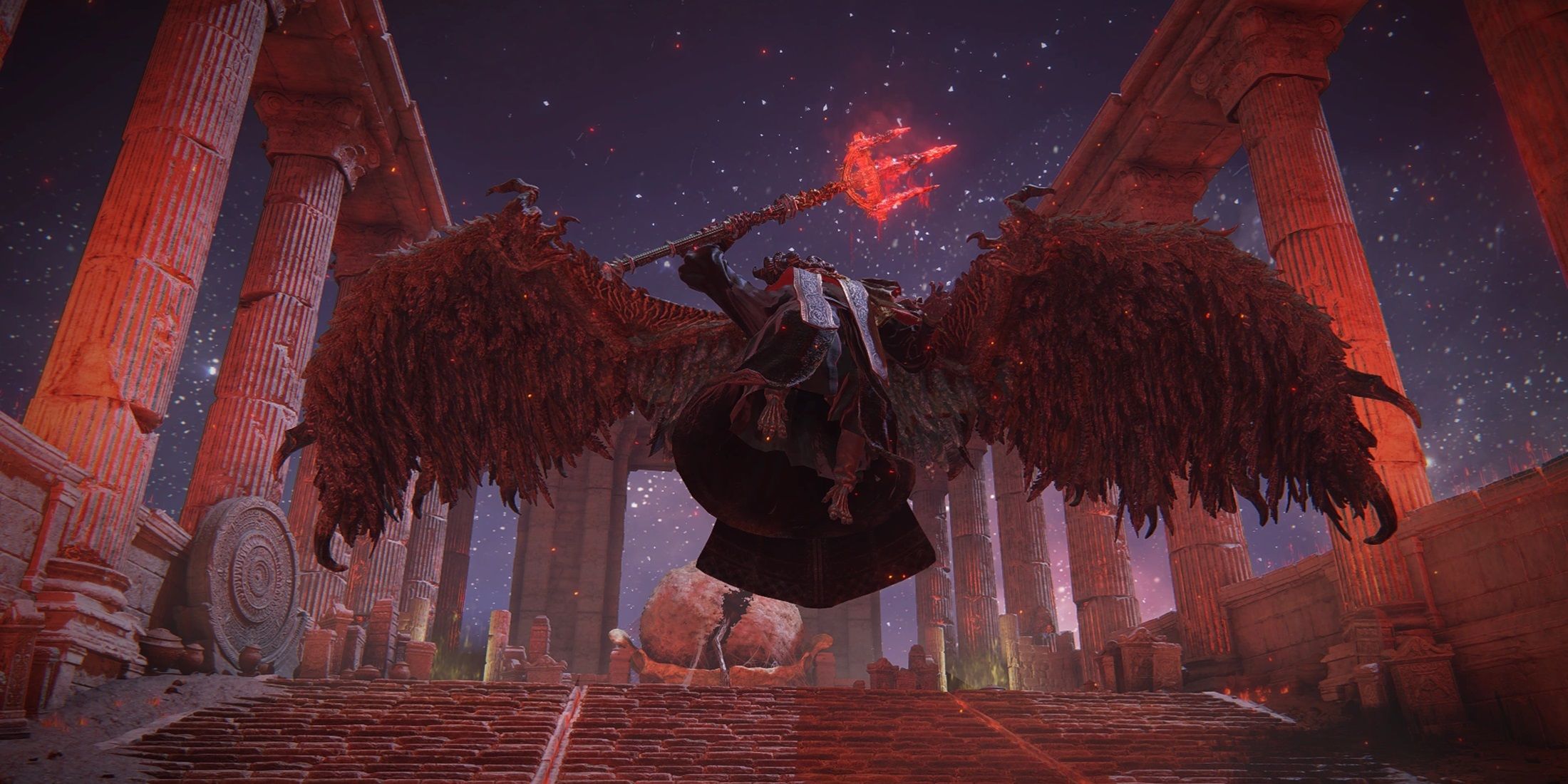From the moment I launched the Tempest Rising demo, I had a great feeling. The opening cinematic, complete with cheesy dialogue from heavily armored soldiers and a nervous scientist, instantly brought a smile to my face. The music, UI, and unit designs perfectly channeled the nostalgia of my high school days, spent late nights playing Command & Conquer with friends, fueled by Mountain Dew, Pringles, and sleep deprivation. This game expertly recreates that feeling, and I'm thrilled to see what Slipgate Ironworks has planned for launch and beyond. Whether battling bots with surprisingly clever AI in Skirmish or diving into Ranked Multiplayer, Tempest Rising felt instantly familiar and comfortable.
This nostalgic experience is no accident. The developers explicitly aimed to create an RTS game that captured the essence of 90s and 2000s classics, while incorporating modern quality-of-life improvements. Set in an alternate 1997, Tempest Rising unfolds in a world where the Cuban Missile Crisis escalated into World War 3. The aftermath saw the emergence of strange, energy-rich vines, ushering in a new era of power for those brave enough to harvest them amidst the nuclear fallout.
Tempest Rising Screenshots

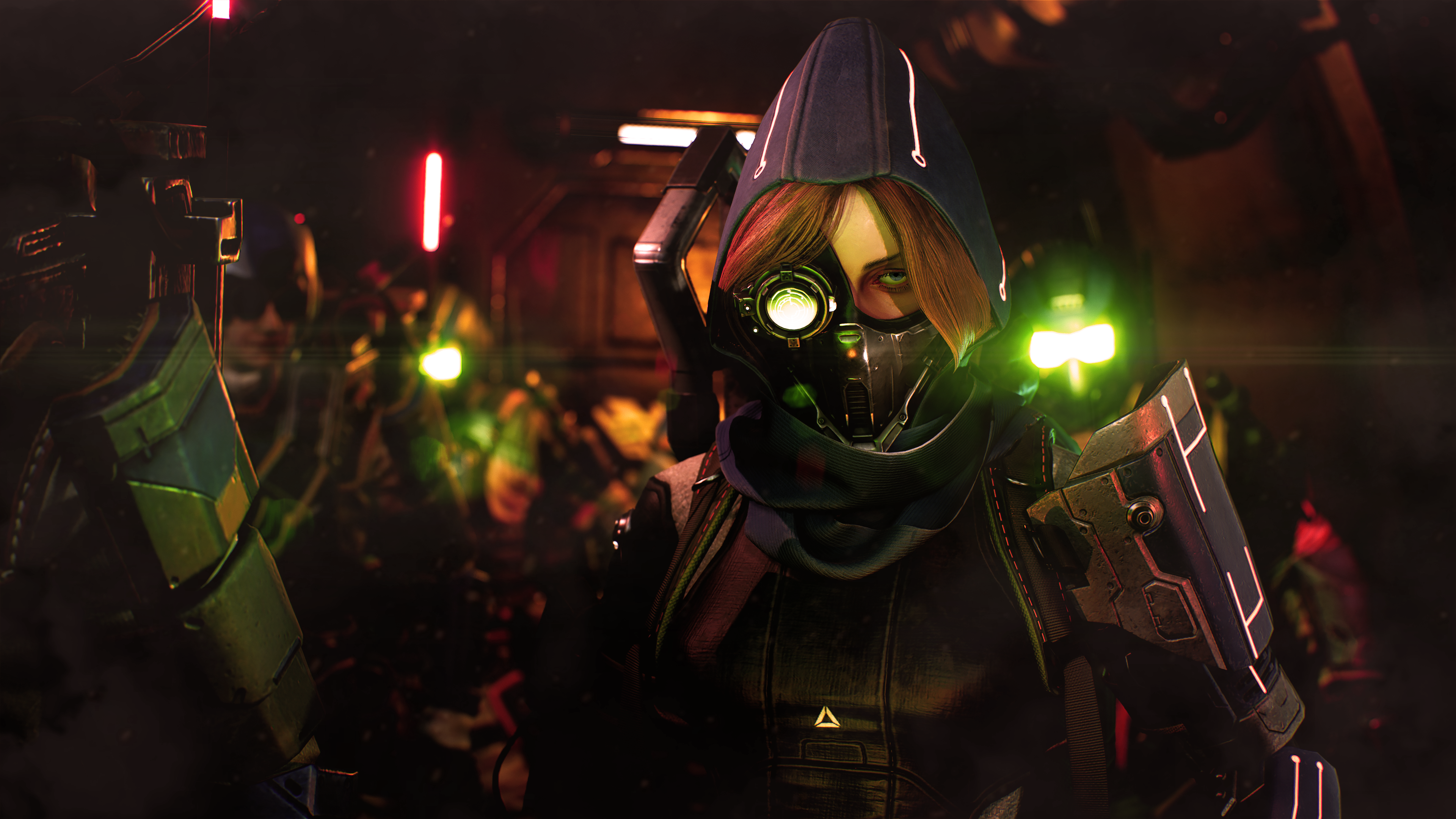 8 Images
8 Images
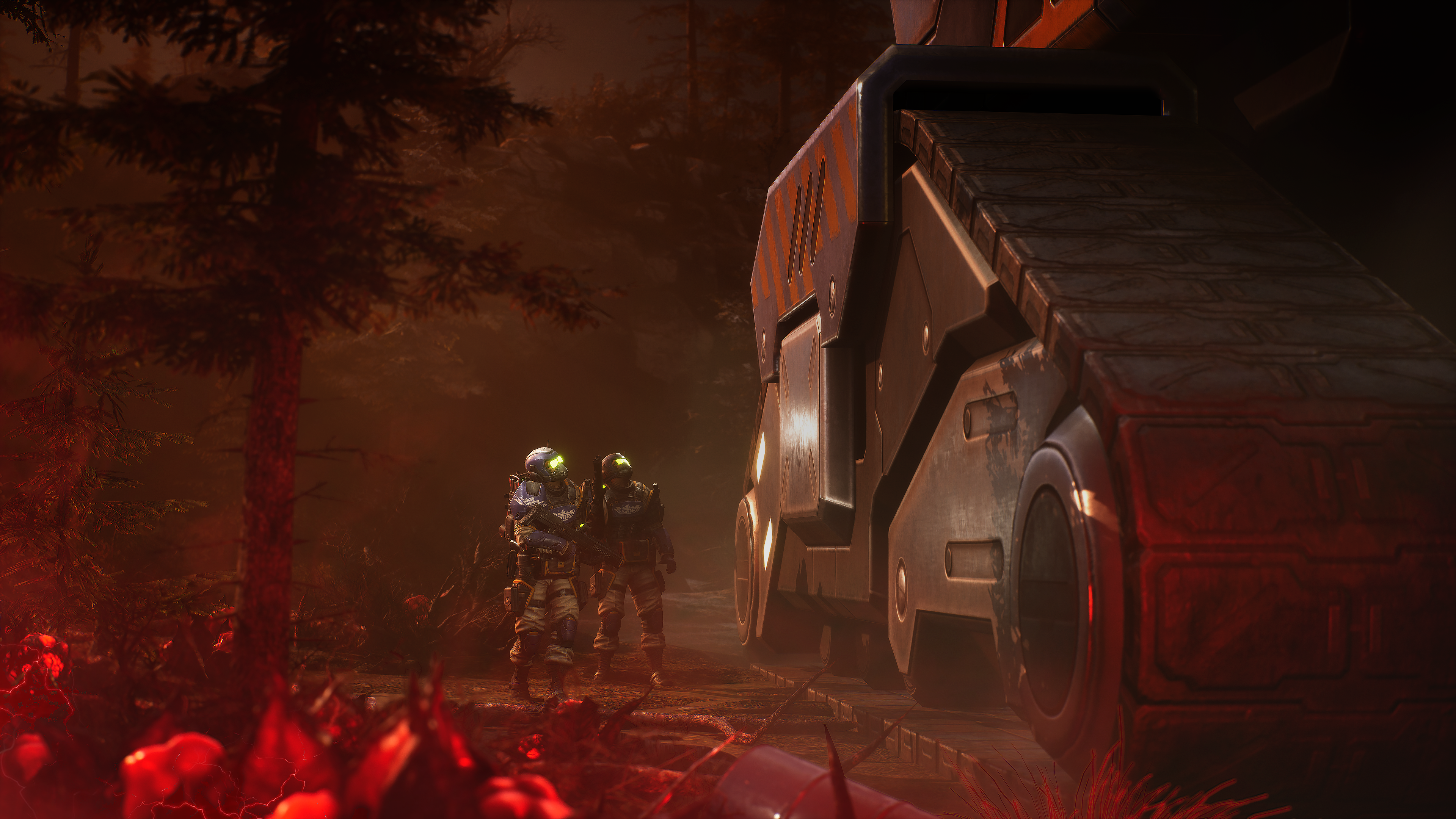
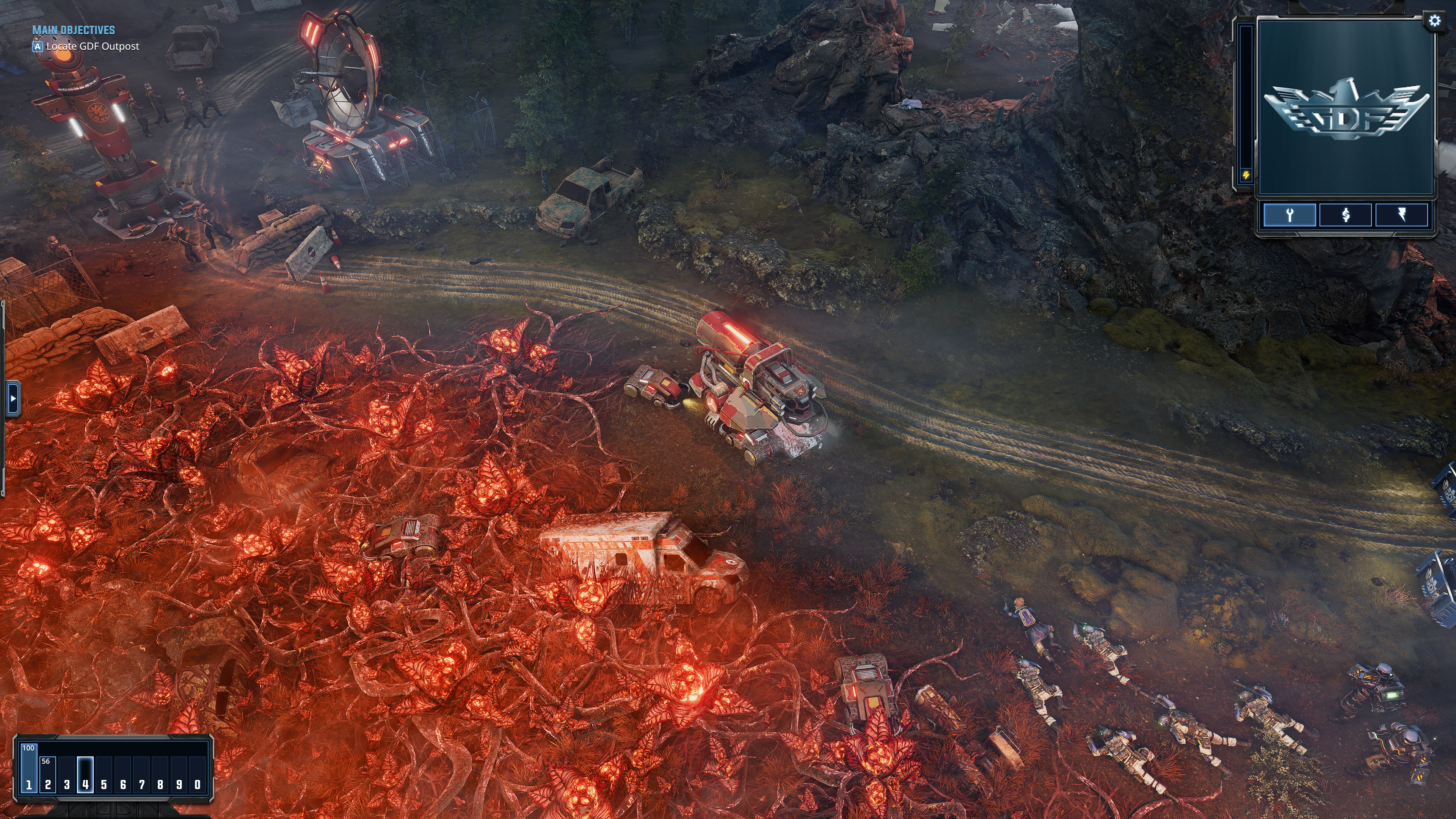
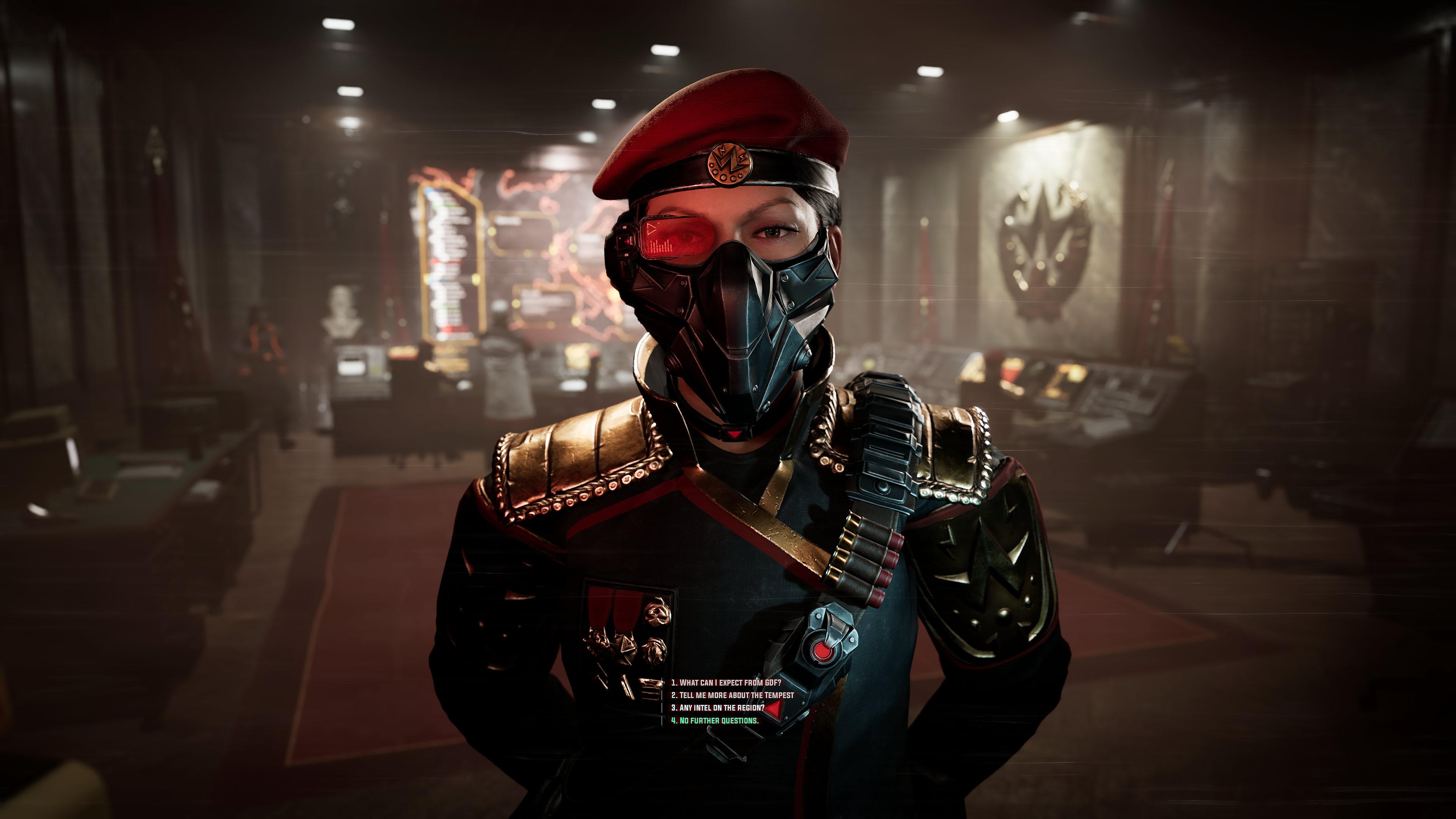
As the preview build focused solely on multiplayer, I’ll need to wait for the story mode reveal. However, I do know it will feature two replayable 11-mission campaigns, one for each main faction: the Tempest Dynasty (TD) and the Global Defense Forces (GDF). The TD is an alliance of Eastern European and Asian nations, hardest hit by WW3. The GDF, conversely, unites the United States, Canada, and Western Europe. A third faction exists, but details remain shrouded in secrecy until the campaign's release.
The Tempest Dynasty immediately captivated me, not least because of their absurdly fun "Tempest Sphere"—a death ball that crushes enemy infantry. But beyond the silly fun, the Dynasty offers "Plans," faction-wide bonuses activated from the Construction Yard (your starting building). One plan can be active at a time, requiring only sufficient power generation and a 30-second cooldown between switches.
The Logistics Plan accelerated building and resource harvesting, boosting mobile harvester speed. The Martial Plan increased unit attack speed, added explosive resistance, and granted Machinists a health-draining attack speed boost. Lastly, the Security Plan reduced unit and building costs, improved repair capabilities, and expanded radar range. I discovered a satisfying rhythm: economy boosts with the Logistics Plan, rapid construction with the Security Plan, and finally, aggressive offensives with the Martial Plan's combat enhancements.This flexibility extends beyond Plans. Unlike the GDF's Refinery-based resource harvesting, the TD utilizes Tempest Rigs—mobile harvesters that move to resource fields, harvest until depletion, and then relocate. This streamlined approach makes rapid expansion incredibly easy, regardless of distance from my base. Deploying Rigs to distant locations proved a great tactic for secure, uninterrupted resource generation.
The Dynasty's Salvage Van is another standout unit. It repairs vehicles but can also switch to Salvage Mode, destroying nearby vehicles (regardless of ownership) and returning resources to the player. Ambushing unsuspecting opponents and using the Salvage Van to destroy their vehicles, depleting their forces and gaining resources, proved incredibly effective.Ambushing unsuspecting opponents and using the Salvage Van to destroy their vehicles, depleting their forces and gaining resources, proved incredibly effective. Finally, Dynasty power plants can switch to Distribution Mode, boosting nearby building construction and attack speed at the cost of taking damage. The mode conveniently deactivates at critical health, preventing accidental base destruction.
While I favored the Tempest Dynasty, the GDF offers its own compelling strengths, focusing on allied buffs, enemy debuffs, and battlefield control. The Marking mechanic is a particular highlight. Units can mark enemies, yielding Intel upon defeat (used for advanced units and structures). Doctrine upgrades enhance this, inflicting debuffs like reduced damage, increased damage taken, and extended attack range.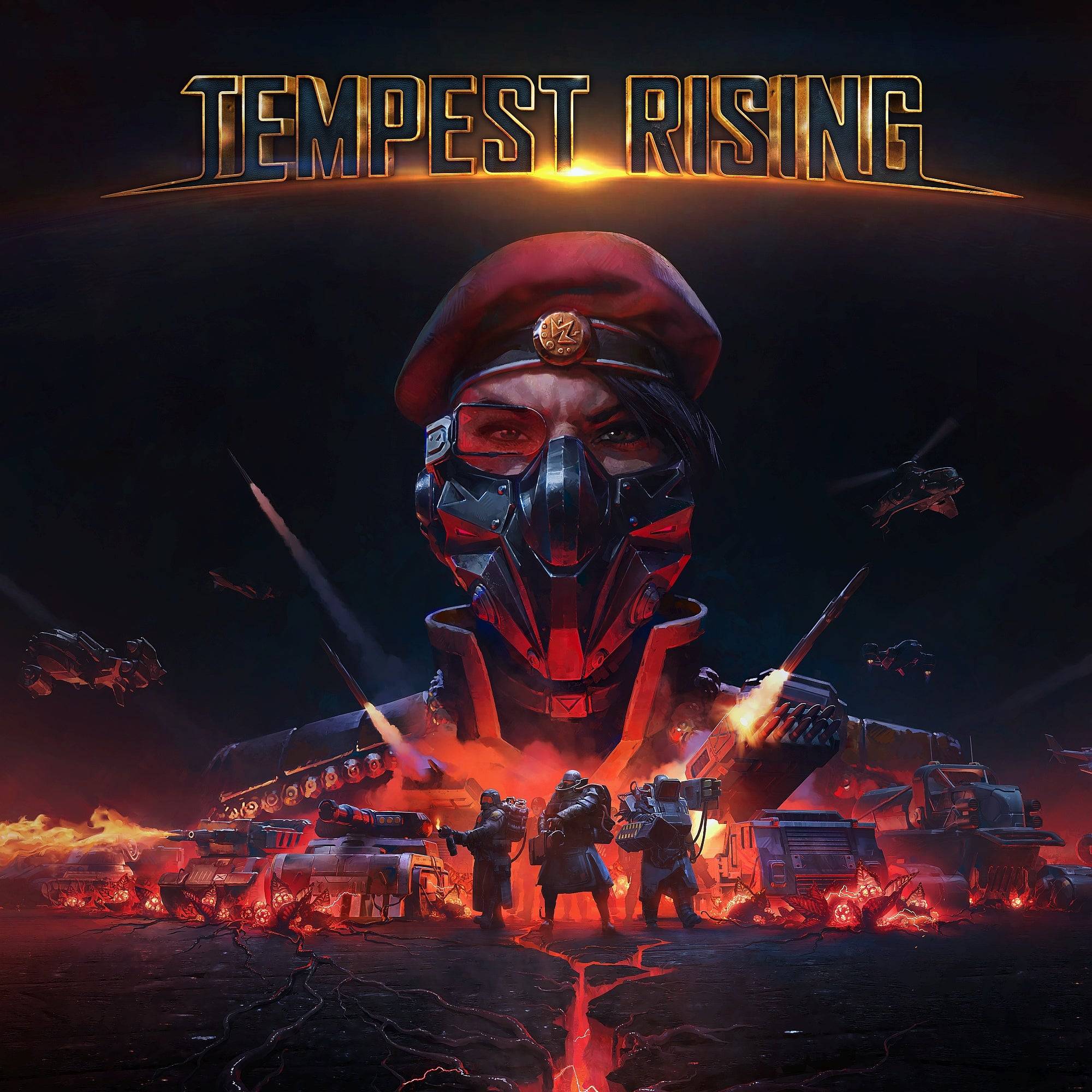 Tempest Rising3D Realms Wishlist
Tempest Rising3D Realms Wishlist
Each faction boasts three tech trees, allowing for strategic specialization. Beyond these trees, constructing advanced buildings unlocks powerful cooldown abilities, adding another layer of strategic depth. While both factions have area-of-effect damage and troop-spawning abilities, the GDF also features spy drones, remote building beacons, and a vehicle-immobilizing ability.
The Dynasty's fewer, upgradable buildings make structure loss more impactful. To counter this, the Lockdown ability prevents enemy takeovers, albeit temporarily halting the building's functions. The Field Infirmary, a deployable healing zone, proved invaluable, complementing the Dynasty's existing repair capabilities.There's much more to explore, especially the Custom Lobbies for cooperative play against the impressively tactical AI bots. Until then, I'll happily continue my solo campaign, crushing my bot opponents with overwhelming swarms of Tempest Spheres.

 Latest Downloads
Latest Downloads
 Downlaod
Downlaod




 Top News
Top News



